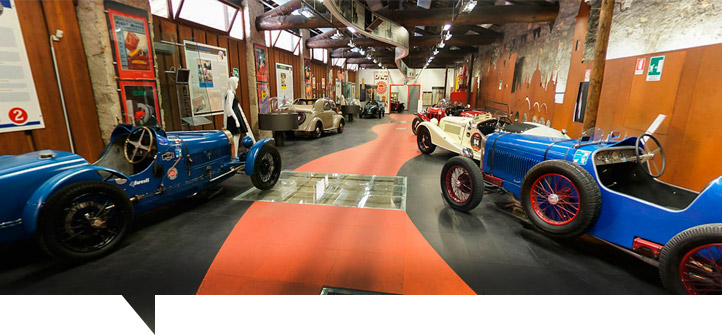1992 GMC Vandura
For 1997, the Chevrolet and GMC vans were replaced with the next-generation Chevrolet Express and GMC Savana with more aerodynamic styling. These vans were built on a stronger truck frame versus the previous generation's unibody construction. A left-side door was made available for the declining passenger van market.
The G20 passenger van came standard with a 4.1-liter L6 (135 hp (101 kW) and 235 lb•ft (319 N•m) @2400 rpm). The G20 could also have an L05 engine, which was a 5.7-liter V8 (190 hp (142 kW) @ 3600 rpm, 300 lb•ft (407 N•m) @ 2400 rpm). A 7.4-liter V8 (230 hp (172 kW), 385 lb•ft (522 N•m) @2400 rpm) was exclusive to the G30. The transmission choices were a four-speed automatic or a four-speed manual. Chevrolet also offered, in 1982–1995, the Detroit Diesel V8 engine and 5.0-liter V8 (150 hp (110 kW), 247 lb•ft (326 N•m) @2400 rpm).






